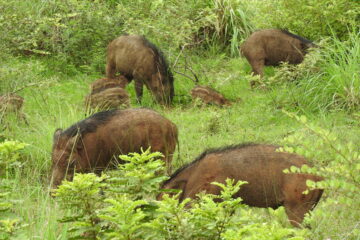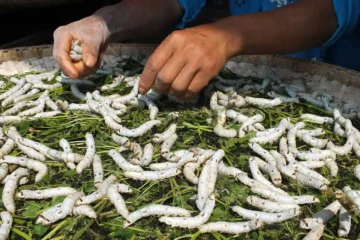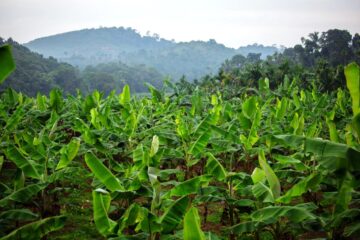Karisal soil is known for retaining rainwater for extended periods, making it suitable for cultivating fruit trees. Fruit trees like sapota, Indian jujube, custard apple, wood apple, and tamarind thrive well in karisal soil due to their drought tolerance.
However, during the summer, karisal soil tends to crack, leading to significant water evaporation. The germination rate of grains and pulses in rain-fed karisal soil depends on the rainfall, necessitating a higher seed requirement.
Seed Requirements:
- Sorghum (as an intercrop): 4-5 kg per acre.
- Maize: 5-6 kg per acre.
- Pearl millet, foxtail millet, little millet, finger millet: 1-2 kg per acre.
- Pulses: 5-6 kg per acre.
Recently, crops like cucumber, watermelon, and muskmelon are being cultivated in karisal soil. Additionally, medicinal crops such as periwinkle, senna, medicinal eggplant, phyllanthus, and aloe vera flourish in this soil type.
Fodder crops like fodder sorghum, fodder pearl millet, napier grass, and dinanath grass can also be cultivated. Intercropping with these crops during the first three years of planting fruit trees can yield good results.
Planting and Spacing:
- Grains should be sown with a spacing of 45×15 cm.
- Use a seed drill for uniform sowing.
- Fertilize when the seedlings have emerged and there is sufficient moisture for optimal yields.
Dr. A. Solaimalai, Associate Professor, Agricultural Research Station, Kovilpatti.











